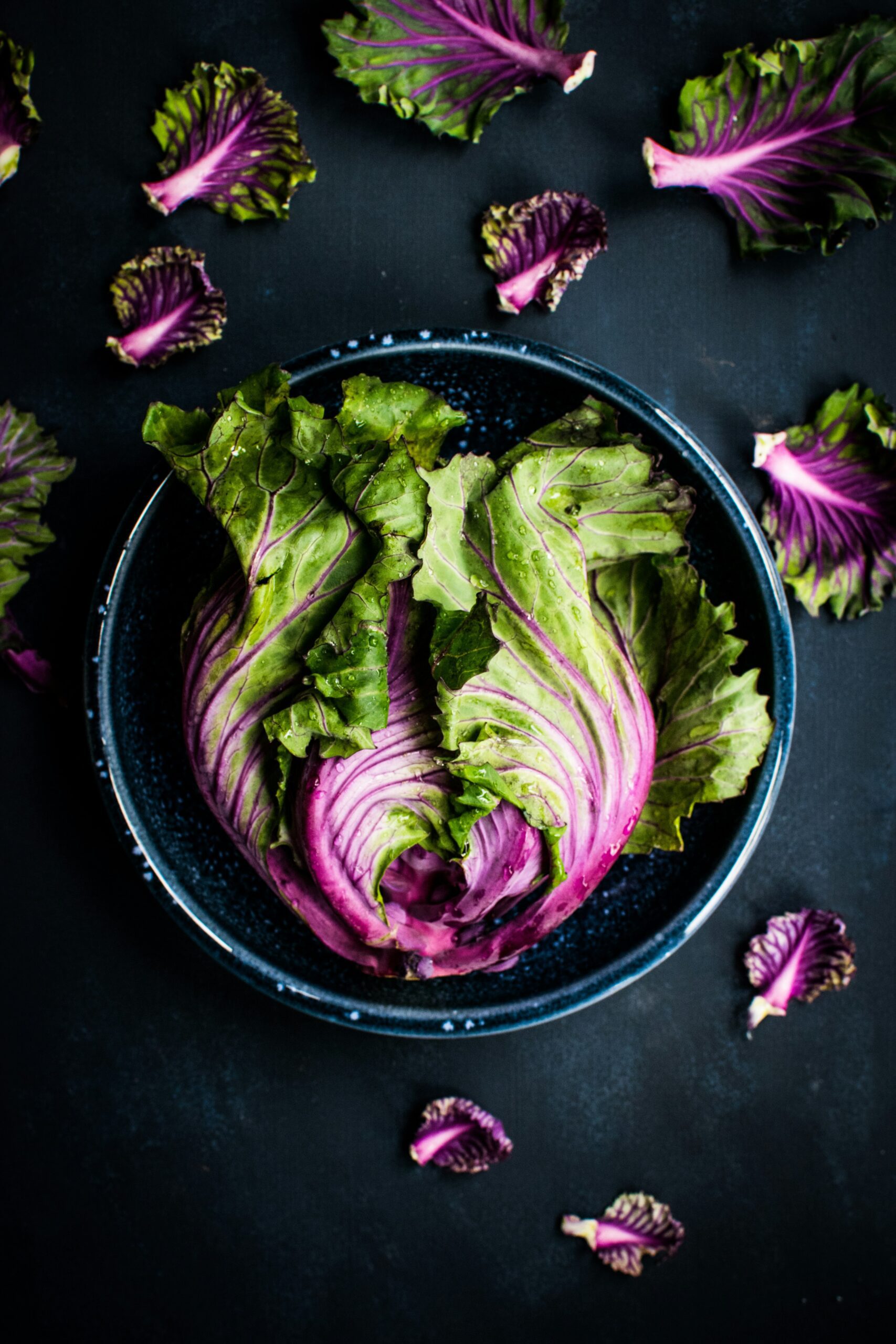

Introduction to Flavor Pairing
Have you ever taken a bite of something and felt an explosion of flavors dance on your palate? That’s the magic of flavor pairing. It’s not just about tossing ingredients together; it’s an art that can transform everyday meals into unforgettable experiences. Whether you’re a seasoned chef or someone who simply enjoys cooking at home, understanding the nuances behind flavor combinations can elevate your culinary creations.
Imagine biting into a perfectly seared steak paired with tangy chimichurri sauce or savoring chocolate with hints of sea salt. These delightful contrasts don’t happen by accident. Discovering the secrets to flavor pairing opens up endless possibilities in your kitchen, allowing you to impress friends and family alike.
Ready to embark on this flavorful journey? Let’s explore how science meets creativity in the world of delicious food pairings!
The Science Behind Flavor Pairing
Flavor pairing is a fascinating blend of art and science. At its core, it’s about understanding how different ingredients interact on our palates.
When we eat, our taste buds detect five primary tastes: sweet, salty, sour, bitter, and umami. The combination of these flavors can create complex profiles that either elevate or clash with each other.
Research has shown that certain foods share volatile compounds. These are the aromatic molecules responsible for scent and flavor. When paired thoughtfully, these compounds enhance one another’s qualities.
For instance, strawberries and balsamic vinegar may seem unusual at first glance but their shared notes create a harmonious balance between sweetness and acidity. This interplay ignites our senses in unexpected ways.
Understanding this chemistry can transform everyday meals into memorable culinary experiences. It’s not just about mixing ingredients; it’s about creating a melody on your plate that sings to every taste bud.
Surprising Flavor Combos to Try in Your Next Meal
Think you know all the flavor combinations? Think again. Some pairings might surprise you, but they can elevate your dishes to a whole new level.
How about strawberries and balsamic vinegar? The sweetness of the berries beautifully contrasts with the tangy notes of vinegar, creating a refreshing burst in salads or desserts.
Or consider chocolate and chili powder. A touch of heat complements the richness of chocolate perfectly. This combo works wonders in brownies or hot cocoa for an unexpected kick.
Another intriguing mix is avocado and lime with a sprinkle of sea salt. This trio enhances guacamole like magic, bringing out creamy flavors while adding brightness.
Don’t overlook mint and peas. Their freshness creates vibrant dishes that shine in springtime recipes, whether it’s pasta or soups.
Experimenting with these unique combinations can turn everyday meals into extraordinary culinary experiences!
Tips for Experimenting with Flavor Pairing in Your Cooking
Start with a base ingredient that you love. It could be a protein, vegetable, or grain. From there, think of ingredients that complement its natural taste.
Don’t be afraid to mix textures. A crunchy element can bring your dish to life. Consider adding nuts or crispy vegetables for contrast.
Herbs and spices are your best friends in flavor pairing. Fresh herbs like basil or cilantro can brighten up any dish instantly.
Use acids wisely—like lemon juice or vinegar—to enhance flavors. A splash can transform the simplest recipe into something extraordinary.
Take inspiration from different cuisines around the world; they often highlight unique pairings that work beautifully together.
Keep a journal of your experiments. Document what works and what doesn’t so you can refine your skills over time and discover new favorites for future meals!
Incorporating Flavor Pairing into Different Cuisines
Flavor pairing offers endless possibilities across various cuisines. Each culture has its own unique ingredients and traditions that can enhance your culinary creations.
For instance, in Italian cooking, consider blending citrus with seafood. The zest of lemon or orange brightens dishes like grilled fish and shrimp pasta.
In Indian cuisine, spices such as cumin pair beautifully with sweet elements like mango or coconut. This combination creates a delightful balance of flavors.
Mexican food thrives on contrasts too. Try adding fresh fruit to savory salsas—pineapple or peach can elevate the experience of traditional tomato-based salsas.
Middle Eastern dishes benefit from aromatic herbs paired with rich meats. Think mint alongside lamb or dill enhancing roasted chicken for an unexpected twist.
Experimentation is key when incorporating flavor pairings into diverse cuisines. Let your palate guide you through this flavorful journey!
Conclusion: Elevate Your Cooking Game with Flavor
Flavor pairing is an art that transforms ordinary meals into extraordinary experiences. By understanding the science and exploring surprising combinations, you can awaken your palate and impress those around you.
Experimentation is key; don’t shy away from mixing ingredients in unexpected ways. Trust your instincts and have fun with the process. Embrace flavors that complement each other while being open to discovering new favorites.
Different cuisines offer a rich tapestry of flavor pairings waiting to be explored. From Italian herbs to Asian spices, there are endless possibilities for enhancing your dishes across various culinary traditions.
Elevate your cooking game by diving deep into the world of flavor pairing. With practice, you’ll develop a keen sense for selecting harmonious ingredients and creating memorable meals that leave a lasting impression on everyone you serve.
